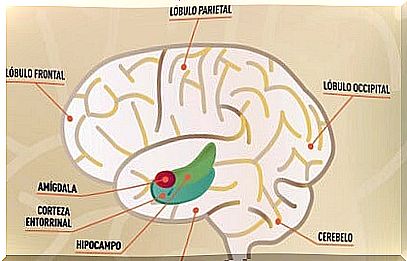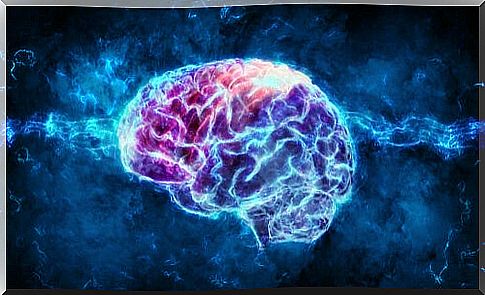Entorhinal Cortex, The Area Where Memory Is Consolidated

It has long been known that the first signs of Alzheimer’s disease originate in the entorhinal cortex. An area that connects directly with the hippocampus and is key in all processes related to episodic, autobiographical and spatial memory. It is also that structure that protects our identity and our ability to adapt to the environment.
In recent years, advances in neuroscience are encouraging. It is already understood how the TAU protein accumulates in a remarkable way in this region of our brain and thus favors a slow neurodegeneration. Now, studies like the one published in the Journal of Neuroscience , for example, give us a really positive piece of information.
It has been seen that the application of electrical stimulation in the entorhinal cortex favors the production of toothed granule cells, which gradually integrate into the hippocampal networks. That is, neurogenesis occurs, which tends to slightly improve the cognitive processes related to memory in these patients.
They are small advances, there is no doubt. However, at present, strategies based on non-invasive brain stimulation are giving interesting results. Let’s learn more about the entorhinal cortex.

Functions of the entorhinal cortex
The entorhinal cortex is an area of the brain located in the medial temporal lobe. It is often defined as that “interface” area that works in constant communication with the hippocampus and neocortex. Likewise, it should be noted that it is divided into two regions: medial and lateral.
It is, in turn, a structure with multiple connections to different brain areas. It works, for example, in conjunction with the olfactory and visual pathways. It is also linked to the temporal, parietal, and frontal lobes. However, as we have already pointed out, its main task is to act as a direct bridge with the hippocampus.
Likewise, it is important to know that interest in the entorhinal cortex arose at the end of the 19th century with Santiago Ramón y Cajal. It was in the middle of his studies to understand the functions of the nervous system that he discovered a peculiar part of the posterior temporal cortex that caught his attention.
He found it fascinating how many connections it had with the entire brain. Let us therefore see what its functions are below.
Declarative and spatial memory
The entorhinal cortex is key to establishing two types of memory: declarative and spatial. This means that this constant connection with the hippocampus allows us, among other things, to integrate those events that make up our declarative, episodic and semantic memory. It is in this region where, so to speak, our identity, our internal narrative, our personal history, is sculpted.
At the same time, it also helps us to orient ourselves in the space that surrounds us, to position ourselves in any setting.

Emotional memory
As we have pointed out, the entorhinal cortex sends and receives information to the hippocampus, the most relevant structure of the limbic system. We cannot forget that this area is also connected with the amygdala, therefore, it is inevitable that each memory also has an emotional component.
All these processes are integrated and stored by this very relevant small structure.
Olfactory center
It is made up of various parts of the olfactory cortex. In the animal kingdom, and especially in predators, it covers a larger portion, but in humans and primates, the olfactory bulb connects only 10% of its structure with the entorhinal cortex.
However, it is usually interpreted that, in our case, this connection facilitates above all that olfactory memory; place where we often create anchors with certain events from the past and their particular smells.

Alterations in the entorhinal cortex are associated with various disorders. The best known is Alzheimer’s disease. Thus, the accumulation of the tau protein (mutated), together with the neurofibrillary tangles that it generates, usually appears mainly in this area.
Studies, such as the one carried out at Columbia University Medical Center, using functional magnetic resonance imaging, point to this place as the door to this devastating disease. Likewise, it has also been possible to verify how entorhinal deterioration leads to cognitive failures that, little by little, precede the reduction of the volume of the hippocampus. Something very classic in patients with Alzheimer’s dementias.
On the other hand, there is another disease linked to the entorhinal cortex: schizophrenia. Thus, studies such as the one carried out at the University of Udine, in Italy, have observed a clear reduction in this area in all patients suffering from this disorder. It appears mainly in the right area, forming a very striking structural asymmetry.
In conclusion. The advances in the better understanding of our brain architecture and functionality is undoubtedly a positive development. Knowing, for example, how these dramatic diseases are related to areas such as the entorhinal cortex makes it easier for us to develop adequate strategies to stop their progress or improve the quality of life of these patients in the (hopefully) not too distant future.









